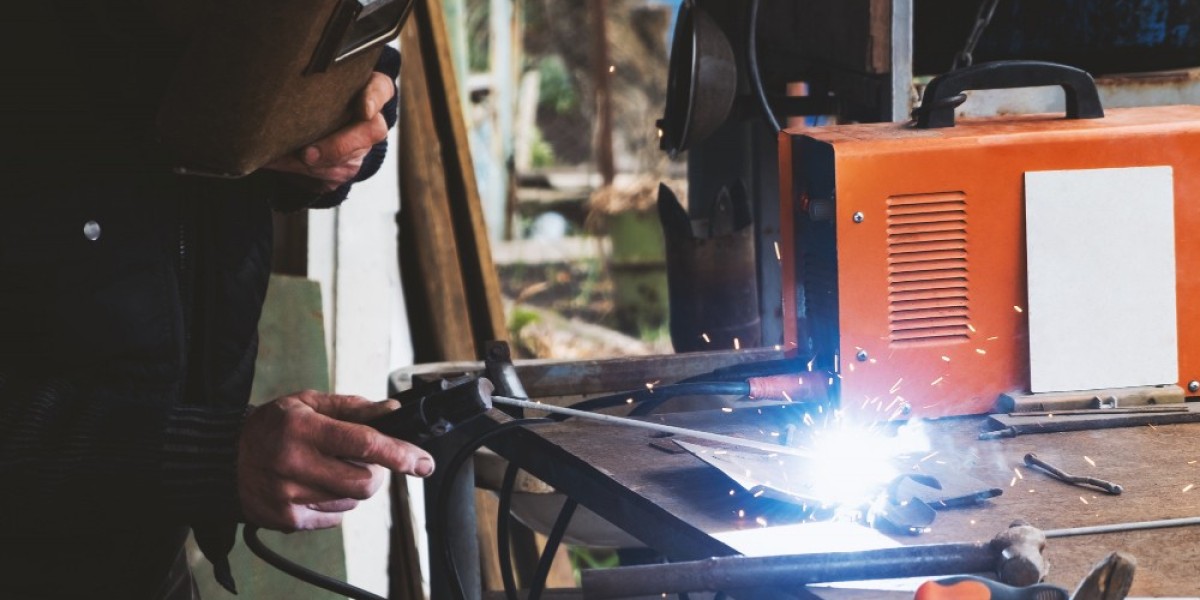In recent years, the global consciousness surrounding environmental sustainability has escalated dramatically. With mounting concerns over climate change, resource depletion, and pollution, industries across the spectrum are increasingly pressured to adopt sustainable practices. Among these industries, fabrication stands out as a significant contributor to both environmental impact and potential for positive change. From metalworking to textile manufacturing, the fabrication sector plays a crucial role in shaping the sustainable future we strive for. This article explores the innovative approaches and initiatives undertaken by manufacturers to integrate sustainability into fabrication processes.
The Urgency of Sustainable Fabrication
Before delving into the advancements in sustainable fabrication, it's essential to grasp the urgency driving this shift. Traditional fabrication methods often rely on resource-intensive processes, generating substantial waste and emissions. From energy consumption to raw material extraction, every step in the fabrication chain has the potential to leave a lasting environmental footprint.
However, the consequences of unsustainable fabrication extend far beyond environmental degradation. Consumers are becoming increasingly conscientious about the products they purchase, gravitating towards brands that prioritize sustainability. Consequently, businesses that fail to adapt risk losing market share and facing reputational damage.
Moreover, governmental regulations and international agreements are placing greater emphasis on environmental responsibility. Manufacturers are thus compelled to align with stringent sustainability standards to remain competitive and compliant.
Reducing Environmental Footprint: Material Choices and Recycling
One of the most significant avenues for reducing the environmental impact of fabrication lies in material choices. By opting for sustainable alternatives, manufacturers can significantly decrease resource consumption and waste generation. For instance, replacing conventional metals with recycled or sustainably sourced materials can slash carbon emissions and alleviate pressure on natural resources.
Furthermore, the adoption of circular economy principles is gaining traction within the fabrication industry. Rather than following the linear "take-make-dispose" model, manufacturers are embracing circularity by designing products for longevity, reparability, and recyclability. Through initiatives such as material reclamation and closed-loop systems, fabrication facilities can minimize waste while maximizing resource efficiency.
Energy Efficiency and Renewable Energy Integration
Energy-intensive processes are inherent to fabrication, making energy efficiency a critical focal point for sustainability initiatives. Manufacturers are increasingly investing in technologies and practices aimed at optimizing energy consumption throughout the production cycle. From equipment upgrades to process optimization, even marginal improvements in energy efficiency can yield substantial environmental benefits.
Moreover, the integration of renewable energy sources further enhances the sustainability profile of fabrication facilities. Solar panels, wind turbines, and other renewable energy systems offer a clean and reliable alternative to fossil fuels, reducing both operational costs and environmental impact. By harnessing renewable energy, manufacturers can mitigate greenhouse gas emissions while bolstering energy security and resilience.
Waste Reduction and Recycling
Waste generation is a significant challenge in fabrication, but it also presents an opportunity for innovation. Manufacturers are implementing strategies to minimize waste at every stage of the production process, from raw material procurement to end-of-life disposal. Advanced sorting technologies and material recovery processes enable fabrication facilities to reclaim valuable resources from waste streams, thereby reducing reliance on virgin materials.
Furthermore, recycling initiatives play a pivotal role in closing the loop on material usage. By reprocessing scrap metal, plastic, and other materials, manufacturers can conserve resources and reduce the environmental burden associated with extraction and production. Additionally, partnerships with recycling facilities and extended producer responsibility programs facilitate the responsible management of waste generated throughout the product lifecycle.
Supply Chain Transparency and Ethical Sourcing
Sustainability in fabrication extends beyond the confines of manufacturing facilities; it encompasses the entire supply chain. Manufacturers are increasingly scrutinizing their suppliers and partners to ensure ethical and sustainable practices are upheld. By promoting transparency and accountability throughout the supply chain, companies can mitigate risks associated with environmental degradation, labor exploitation, and human rights abuses.
Moreover, the adoption of sustainable sourcing practices fosters resilience and stability within the supply chain. By diversifying sourcing locations, reducing dependence on single suppliers, and prioritizing local procurement, manufacturers can mitigate supply chain disruptions while supporting local economies and communities.
Technological Innovation and Industry Collaboration
Technological innovation plays a pivotal role in driving sustainability advancements in fabrication. From automation and robotics to additive manufacturing and digital twin simulations, cutting-edge technologies enable manufacturers to optimize processes, reduce waste, and minimize environmental impact. Furthermore, Industry 4.0 initiatives leverage data analytics and connectivity to enhance operational efficiency and resource utilization across the fabrication ecosystem.
Collaboration within the industry and across sectors is also essential for accelerating progress towards sustainable fabrication. Partnerships between manufacturers, research institutions, and government agencies facilitate knowledge sharing, innovation diffusion, and the development of best practices. By fostering a collaborative ecosystem, stakeholders can collectively address complex sustainability challenges and drive systemic change.
Conclusion
Sustainability in fabrication is not merely a trend but a necessity for safeguarding the planet and ensuring long-term prosperity. Manufacturers play a pivotal role in shaping the transition towards a more sustainable future by embracing innovative practices and technologies. From material choices and energy efficiency to waste reduction and ethical sourcing, every aspect of fabrication offers opportunities for positive change.
By prioritizing sustainability in fabrication processes, manufacturers can simultaneously reduce environmental impact, enhance operational efficiency, and meet evolving consumer expectations. As the imperative for sustainability continues to intensify, proactive adoption of sustainable practices will be paramount for the resilience and competitiveness of fabrication businesses worldwide. Together, manufacturers have the power to drive meaningful change and pave the way towards a more sustainable and prosperous future.
Forge superior welds with SS fabrication electrodes. Precision and reliability in every joint.








